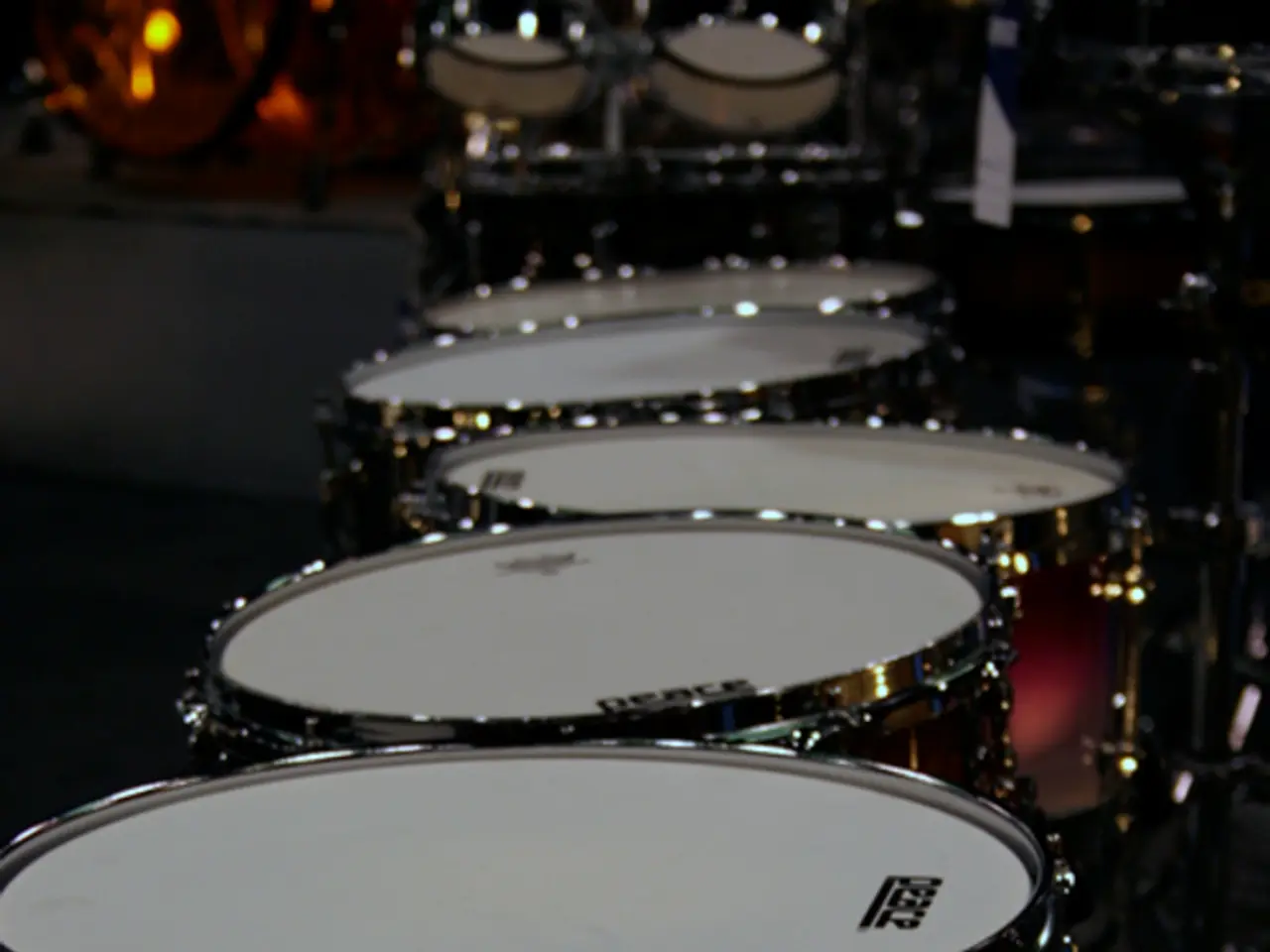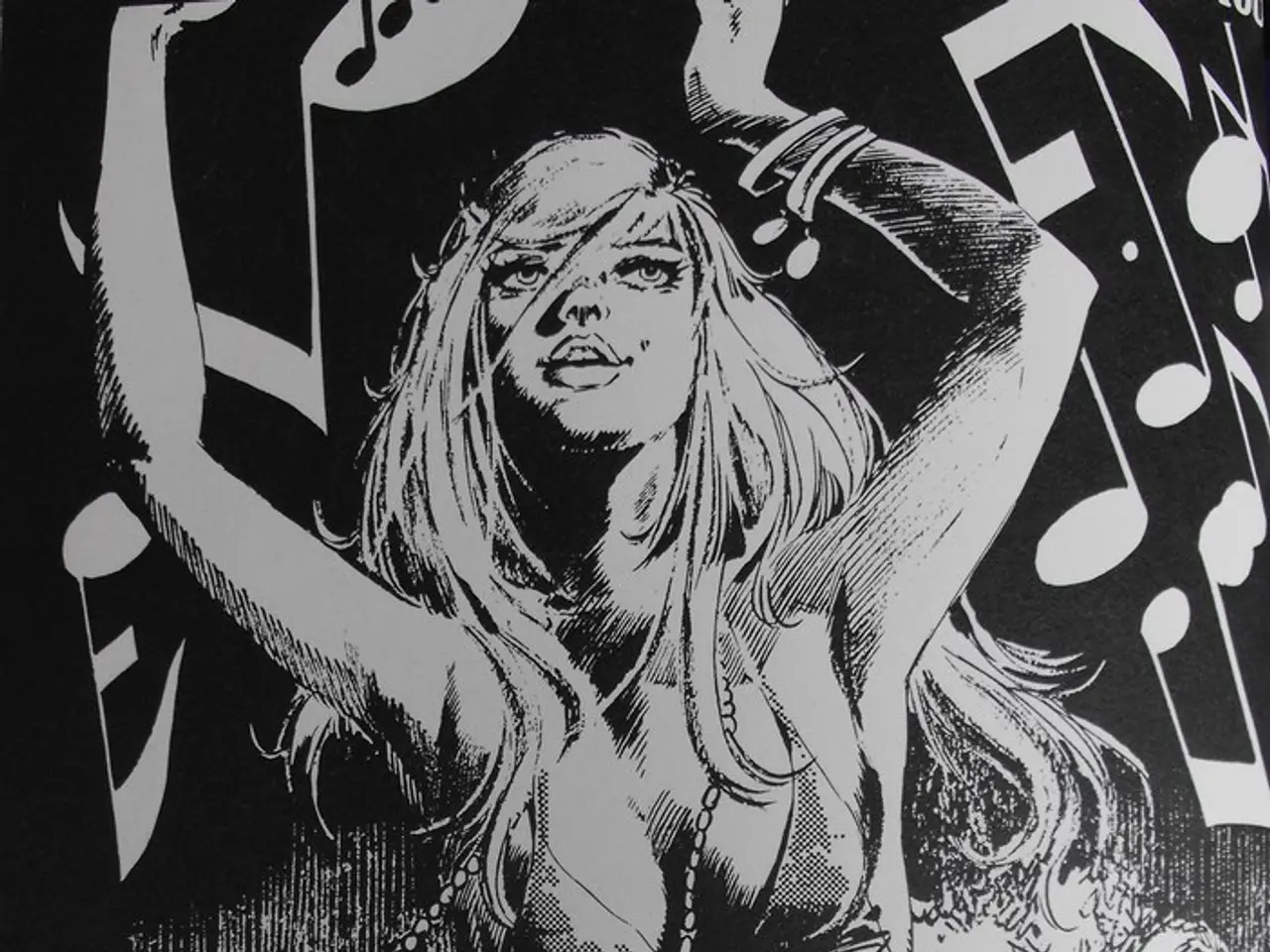Kevin Spacey discusses his role in American Beauty and the direction of Sam Mendes
In Sam Mendes' directorial debut, American Beauty, the protagonist Lester Burnham's journey from a disillusioned suburban man to someone momentarily reclaiming his vitality amid a midlife crisis was visually and narratively depicted through subtle transformations and theatrical tricks.
Mendes, with his background in theater, emphasized meticulous staging and visual storytelling to reflect Lester's internal state. Key techniques included visual symbolism and dreamlike sequences, staged composition and framing, minimalist, poetic visuals, and subtle narrative cues.
The film uses poetic, stylized imagery, most famously, the scenes where Lester fantasizes about Angela, his daughter’s friend, shown bathed in rose petals and slow motion. These sequences reveal Lester’s constructed desire, illustrating his midlife fantasy and the blurred line between reality and imagination.
Mendes treats each shot like a theatrical scene, carefully designed to carry meaning without excessive dialogue. This formal, classic visual style lends a controlled yet deeply expressive atmosphere, underscoring Lester’s emotional repression and eventual release.
Collaborating with cinematographer Conrad Hall, Mendes turns mundane suburban elements—like a floating plastic bag—into poetic metaphors for freedom and beauty, mirroring Lester’s fleeting moments of joy amid his dissatisfaction.
Details like the “Look Closer” message pinned at Lester's cubicle subtly invite the audience to perceive beyond surfaces, reflecting the film’s themes and Lester’s internal awakening.
Through these theatrical touches and visual metaphors, Mendes charts Lester’s transformation intimately and ironically, maintaining tonal balance—never cartoonish in satire, yet unflinching in portraying emotional ugliness—so the audience experiences Lester’s unraveling and brief reclaiming of control empathetically and powerfully.
Interestingly, Mendes drew inspiration for Lester Burnham's journey from Jack Lemmon's performance in "The Apartment." The film's visual style emphasizes the beauty of simplicity, with many scenes featuring minimalistic compositions and unpolished elements.
Mendes transformed the scene from a counter service to a drive-through in "American Beauty," demonstrating that creative decisions sometimes require starting over. The filmmaking process involved extensive rehearsals and a focus on character development, as Mendes approached it like a play.
The narration of Lester's character was captured in a single take using a basic cassette recorder. Despite having no prior film directing experience, Mendes made the bold decision to reshoot everything after filming the first two days at Smiley's.
The artist's quote, "it's about becoming 'the best version of himself he could become,'" is a reflection on the transformation experienced by the characters in "American Beauty." The film explores the theme of mortality, suggesting that accepting our finite nature can lead to liberation rather than fear.
The film's tagline "Look Closer" was inspired by a detail in the background of an office scene, symbolizing the theme of finding beauty in overlooked moments. In essence, American Beauty is a testament to the power of visual storytelling and the transformative potential of self-discovery.
Mendes' innovative use of visual storytelling and symbolism in American Beauty embodies the realms of movies-and-tv entertainment, showcasing how the art of theater can be translated to film. The film's exploration of Lester's midlife crises, manifested through meticulously designed shots and scenes, serves as a vivid example of entertainment's capacity to delve into complex human emotions.





